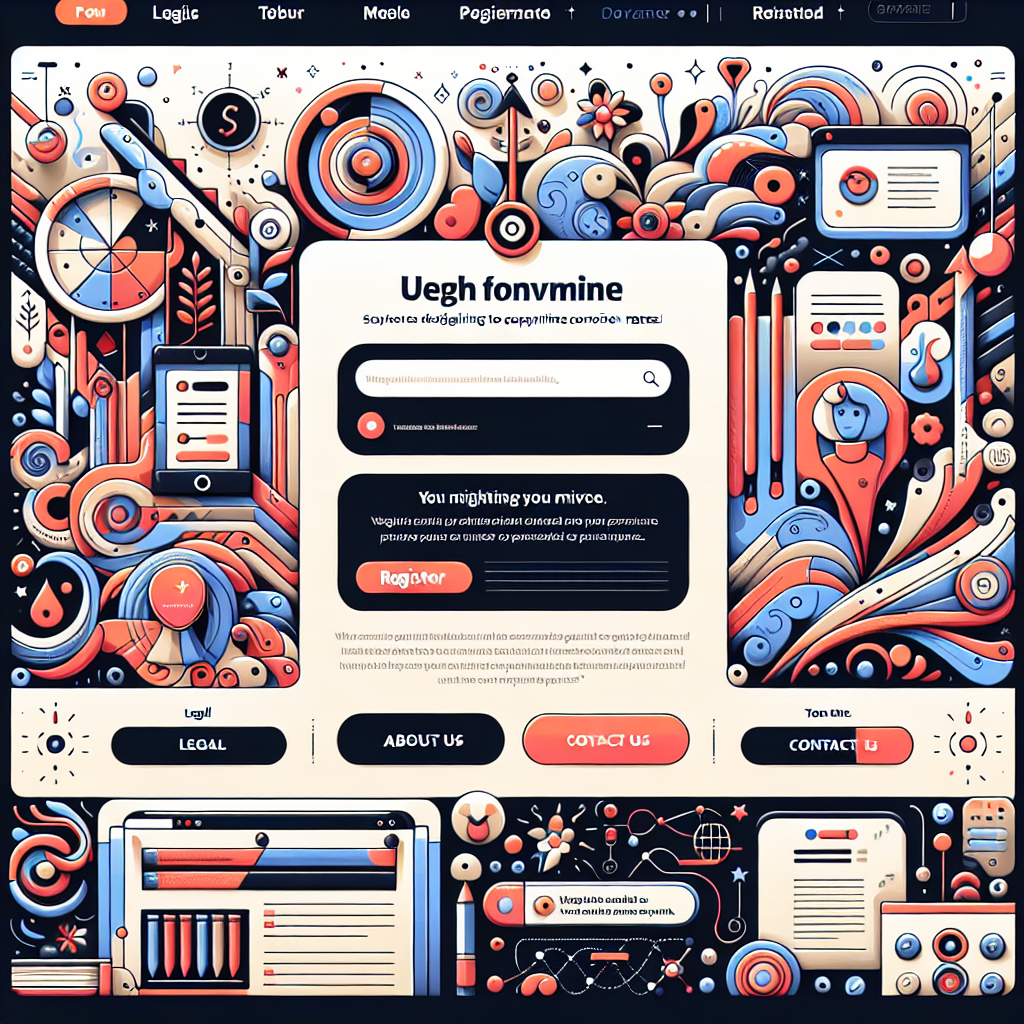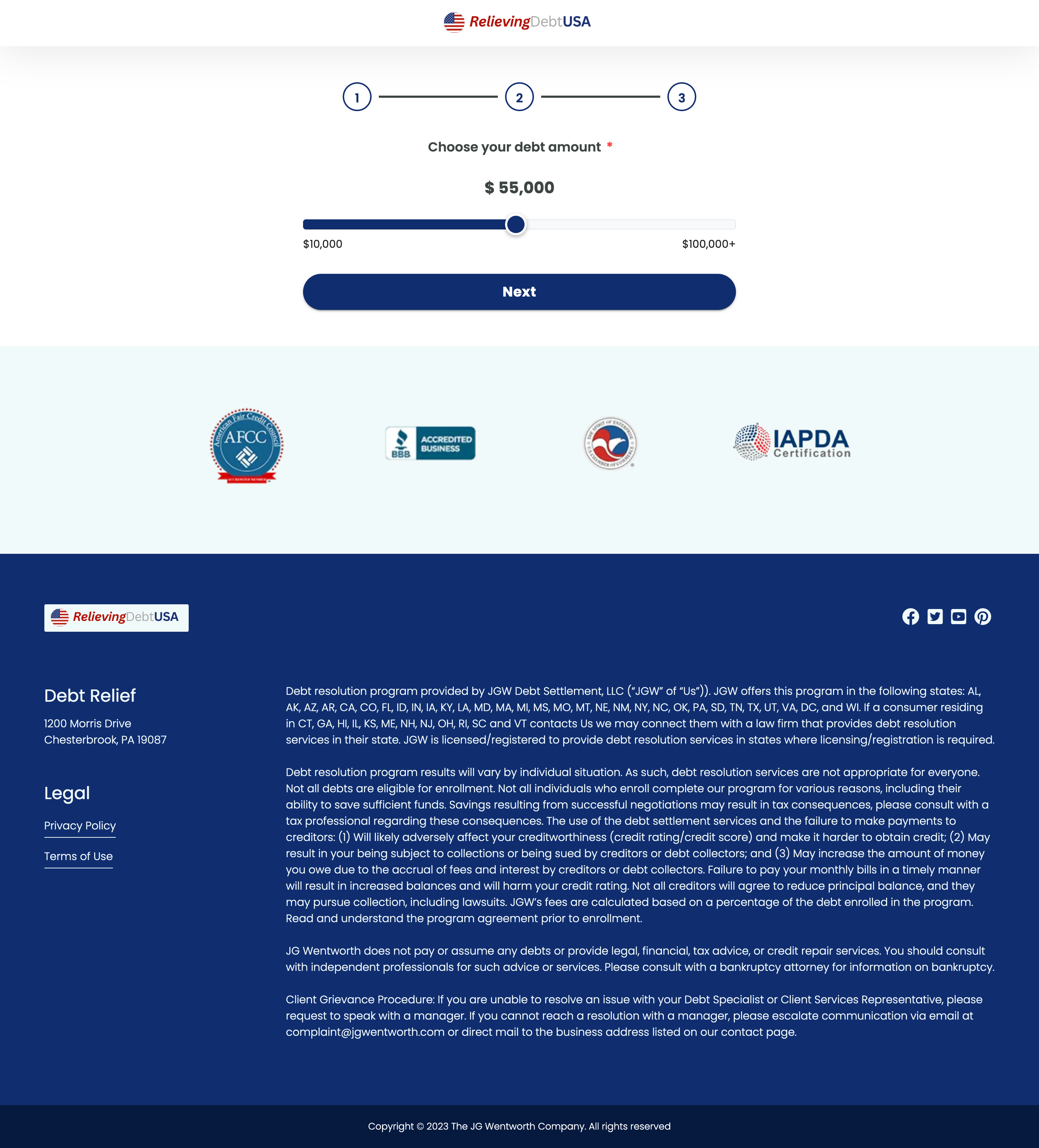Landing Page Design and Conversion Optimization
Table of Contents
- Introduction
- What is a Landing Page?
- The Importance of Landing Page Design
- Elements of an Effective Landing Page
- Best Practices for Conversion Optimization
- Tools for Landing Page Optimization
- Conclusion
Introduction
Landing pages play a crucial role in digital marketing campaigns as they are designed with a single focus or goal, known as a call to action (CTA). Understanding the intricacies of landing page design and conversion optimization can significantly enhance the effectiveness of your marketing strategies. In this article, we will delve into the key components of landing page design and offer insights on optimizing these pages to convert visitors into leads or customers.
What is a Landing Page?
A landing page is a standalone web page created specifically for a marketing or advertising campaign. It’s where a visitor “lands” after clicking on a link in an email or ads from Google, Bing, YouTube, Facebook, Instagram, Twitter, or similar platforms. Unlike regular web pages, landing pages are designed with a singular focus: to drive visitors to perform a predetermined action.
The Importance of Landing Page Design
The design of your landing page can make or break the conversion success of your campaign. A well-designed landing page can capture the attention of visitors and encourage them to take action. Conversely, a poorly designed page can lead to high bounce rates and missed opportunities. Effective design helps in:
- Creating a strong first impression: The design is the first thing a visitor notices.
- Highlighting value proposition: Clear design emphasizes the benefits offered.
- Enhancing user experience: Simplified, intuitive designs facilitate navigation and engagement.
- Building trust: Professional design instills trust and confidence in your brand.
Elements of an Effective Landing Page
1. Clear and Compelling Headline
Your headline is the first text a visitor will read; thus, it should grab their attention immediately and clearly express the value of your offering. It should be compelling enough to persuade the visitor to stay on the page.
2. Engaging Visuals
Visual elements such as images, videos, and graphics should support your message and engage visitors. They should be high quality and relevant to the content they accompany.
3. Persuasive Copy
Compelling and concise copy that directly explains the benefits of your offer is crucial. The copy should address potential pain points and highlight the solutions your offer brings.
4. Strong Call to Action (CTA)
Your CTA should be clear, compelling, and relevant to the visitor’s needs. It should stand out on the page and guide the visitor towards the desired action.
5. Trust Signals
Incorporate elements such as testimonials, reviews, security badges, and certifications to build credibility and trust. Trust signals can reassure potential customers and reduce the perceived risk of taking action.
6. User-Friendly Layout
A clean, logical layout that minimizes distractions and focuses the visitor’s attention on the CTA is key to a high-converting landing page. Use ample white space, legible fonts, and ensure mobile responsiveness.
Best Practices for Conversion Optimization
Conversion optimization is the process of increasing the percentage of visitors who complete the desired action on your landing page. Here are some best practices:
1. Simplify Navigation
Avoid adding unnecessary links that could lead visitors away from the key purpose of your landing page. Keep the focus on the primary CTA.
2. A/B Test Regularly
Create variations of your landing page to see which performs better. Test different headlines, images, copy, and CTAs to identify what resonates best with your audience.
3. Optimize Loading Speed
Fast-loading pages improve user experience and reduce bounce rates. Optimize images and leverage browser caching to enhance loading times.
4. Personalize Where Possible
Add elements of personalization such as dynamic text replacement based on visitor’s location or previous interactions, which can enhance relevance and engagement.
5. Utilize Analytics
Use tools like Google Analytics or heatmaps to understand visitor behaviors. These insights can help you identify areas for improvement and enhance conversions.
Tools for Landing Page Optimization
Optimizing landing pages can be significantly streamlined with the right tools. Some popular ones include:
1. Page Builders
Tools like Unbounce, Leadpages, or Instapage allow for easy drag-and-drop page creation and A/B testing features.
2. Analytics Tools
Google Analytics, Crazy Egg, and Hotjar provide invaluable insights into user behavior and conversion data.
3. Heatmap Tools
Tools like Hotjar and Crazy Egg can visually show where users are clicking and how far they are scrolling.
4. Copywriting Tools
Grammarly and Hemingway App can ensure your copy is free from errors and easy to read.
5. SEO Tools
Tools such as SEMrush or Ahrefs help in identifying keywords and optimizing content for search engines, boosting organic traffic to your landing page.
For those wishing to analyze and improve existing landing pages, using a landing page ripper tool can be beneficial. This tool allows you to download landing page HTML, save landing page assets, and capture landing page content for offline analysis and optimization.
Conclusion
Landing page design and conversion optimization are essential for maximizing the return on investment for your marketing campaigns. By focusing on the user experience, embracing data-driven decisions, and continuously testing and refining your approaches, you can significantly improve conversion rates. Remember, the goal is to connect with your audience and guide them towards a mutually beneficial action, transforming casual visitors into loyal customers or qualified leads.









